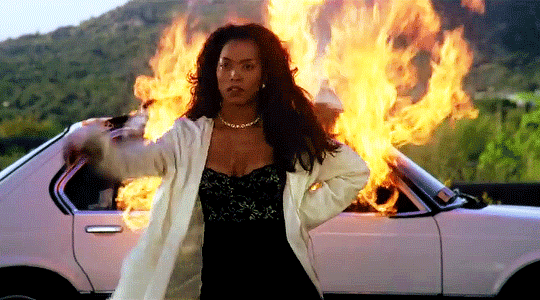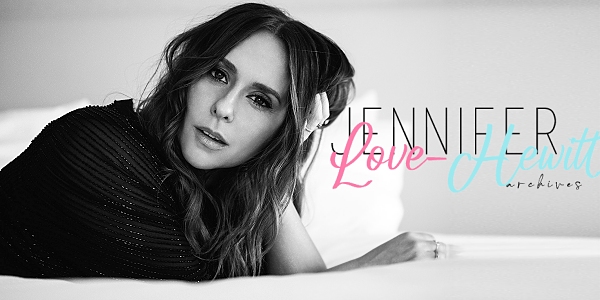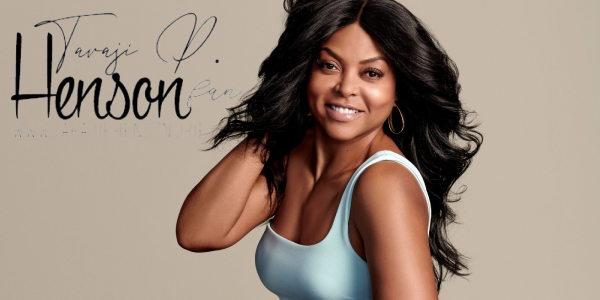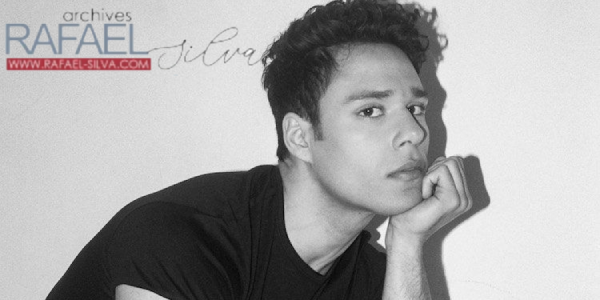 What do black women want? And what does Hollywood want black women to be?” Hilton Als wrote in The New Yorker, in 1996, contemplating the singular career of Angela Bassett. By then, Bassett had exploded into movie stardom with roles in John Singleton’s “Boyz n the Hood” and Spike Lee’s “Malcolm X,” and then had really blown up playing Tina Turner, in “What’s Love Got to Do with It,” for which she was nominated for Best Actress at the 1994 Academy Awards. Bassett lost, to Holly Hunter (“The Piano”), but she went on to star in “Waiting to Exhale” and “How Stella Got Her Groove Back,” both groundbreaking films that chronicled the love lives and friendships of middle-aged Black women. It was a mini-genre that seemed to revolve around Bassett, whose innate strength, diamond-sharp beauty, and depth of feeling made her a totem of empowered Black womanhood in the nineties.
What do black women want? And what does Hollywood want black women to be?” Hilton Als wrote in The New Yorker, in 1996, contemplating the singular career of Angela Bassett. By then, Bassett had exploded into movie stardom with roles in John Singleton’s “Boyz n the Hood” and Spike Lee’s “Malcolm X,” and then had really blown up playing Tina Turner, in “What’s Love Got to Do with It,” for which she was nominated for Best Actress at the 1994 Academy Awards. Bassett lost, to Holly Hunter (“The Piano”), but she went on to star in “Waiting to Exhale” and “How Stella Got Her Groove Back,” both groundbreaking films that chronicled the love lives and friendships of middle-aged Black women. It was a mini-genre that seemed to revolve around Bassett, whose innate strength, diamond-sharp beauty, and depth of feeling made her a totem of empowered Black womanhood in the nineties.
Still, that Oscar loss seemed like a debt waiting to be paid. In 2002, months after Halle Berry became the first Black woman to win Best Actress, for “Monster’s Ball,” Bassett told Newsweek that she had turned down the role because it exemplified a “stereotype about black women and sexuality.” She didn’t “begrudge Halle her success,” but added, “I would love to have an Oscar. But it has to be for something I can sleep with it at night.” More than two decades later, Bassett, at sixty-four, is back in the Oscar race, nominated for Best Supporting Actress for her role as Queen Ramonda, in Marvel’s “Black Panther: Wakanda Forever.” The performance taps into Bassett’s thunderous regality, but also the real-life grief surrounding the death of Chadwick Boseman, who left the franchise without its hero but rife with heroines. Bassett is the first actor to be nominated for a Marvel film, and she may well win—after all, shouldn’t Angela Bassett have an Oscar already?
When I spoke to Bassett recently, she was at her home, in La Cañada Flintridge, in Los Angeles County, where she lives with her husband, the actor Courtney B. Vance, and their teen-age twins. She wore a shimmering purple dress with loose sleeves, and, as she recounted her eventful career, her hands danced before her, as if her long, pointy fingernails were casting a spell. Our conversation has been edited and condensed.
I’ve been rewatching many of your movies, and you have the most incredible voice: perfect, crisp articulation but also this depth and pain. Are there things you picked up from vocal training at the Yale School of Drama or elsewhere that you use, or vocal exercises you do?
I don’t do a lot of vocal exercises for television or film, unless maybe it’s a really cold morning, or I’ve lost my voice. Then I’ll hum up to as high as I can go, until my voice breaks, and then go past it. That seems to break through that stagnation, that grip on your throat. [She hums from a low tone to a piercing squeak.] I learned that little technique when I was in South Africa doing “Boesman and Lena.” I was so far away from home and completely lost my voice. When I’m onstage, which is regrettably not very often—I hope to remedy that. Once the kids are off and in college, then I can do whatever, whenever.
Please! I saw you in “The Mountaintop,” the Katori Hall play. That must have been the last time you were on Broadway.
Yeah, that was the last time.
But you were saying you have different techniques for stage?
Yes. Just coming in, making peace with the stage. Before the audience would come in, I would go, “Bay, bee, bi, bo, boo!” All those vocal exercises, with the articulation of the plosives—the “B”s, the “P”s, the “T”s—hitting the back wall, because we weren’t miked.
I’ve heard you say that being in the “Black Panther” movies feels like theatre acting. In “Wakanda Forever,” you have these big speeches, like the one to the U.N. Are there particular genres of theatre, or roles you’ve done, that you were thinking of? I know early in your career you played Antigone.
I was thinking of that, most definitely. Antigone, Greek drama, Sturm und Drang. I was thinking of Shakespeare.
For Marvel movies, I imagine that there’s a lot of green-screen work. When I interviewed Anthony Hopkins, he had been in the “Thor” movies, also playing a monarch, and he basically said, “You just sit on a throne and shout.” How do you act against some background that isn’t there, maybe talking to someone who isn’t there?
Well, here’s the thing. It was there. The throne room was there, the floor of red clay, the elevation with the Dora Milaje flanking around, the grand doors that they walk through. So maybe you don’t see the world of Wakanda, but we had that. When Shuri and I went out into the wild, we had trees and bushes and water for yards and yards and yards, and Namor came up out of the water and flew to us. We had the entire ship, and the attention to detail inside of it was just magnificent. So I had it much better than Anthony Hopkins. I’m sorry for him.
Well, he was in outer space somewhere.
We were in Wakanda, and we know Wakanda is special. We had Shuri’s lab. We had the elevator opening up. We had a fake elephant and her baby come in. Of course, they made the generated elephant later, but at least we had an elephant to respond to.
Did you get along with your elephant co-star?
You know, elephants are about family.
How did you develop the accent for this imaginary nation? Did you have accent coaching?
We absolutely did. We had Beth McGuire—she’s a coach at Juilliard now, but during the first “Black Panther” she was at Yale, my alma mater. With this one, we had time to do six or eight sessions with her, just leisurely, before we arrived in the city to start filming. I would grab maybe three key phrases that I found on YouTube, of Winnie Mandela or certain wives and certain women, South African women. Maybe a worker. And before a scene I would recite them. One of them was very close to Mandela. [She speaks in an accent, rolling her “R”s.] “He didn’t want to play arrrround. He just wanted to marry me.” That would get me in the zone.
You are the first actor to be nominated for an Oscar for a role in a Marvel film, and I’m sure that was not what you envisioned as part of your legacy. But Marvel has attracted an incredible number of great actors: Glenn Close, Robert Redford, Cate Blanchett. What is the appeal for actors to be in the Marvel universe?
Well, it’s so modern. We try and stay current, and they’ve got a winning formula. You just want to be in the mix there, working with wonderful filmmakers. Both times I have been with the same filmmaker, Ryan Coogler. But the attention to detail, the support, the money that they have to really support the filmmaker and the process is astounding, as opposed to “Hurry up and rush, rush, rush.” It’s been a great ensemble of folks. A couple of years ago, we did a photograph of the Marvel actors—it was just a stage filled with actors who’ve been in the Marvel movies. Of course, I was a little late, so they had to Photoshop me in, but it was pretty amazing. So you want to be part of a good club.
The last time you were nominated for an Academy Award was almost thirty years ago, for “What’s Love Got to Do with It.” Now that we’re in the thick of awards season, what about Oscar campaigning has changed since the last time?
Oh, my gosh, it’s completely different. You need a lot of energy to run this race to the proverbial finish line. You need your energy and your wits about you, because there’s just a lot now. I don’t remember so much three decades ago. Of course, there was the Golden Globes. I maybe even did my own makeup. I remember the N.A.A.C.P. Image Awards, and I remember the Oscar luncheon. But I was never invited to film festivals or anything like that. I had a lot of time to myself. So it’s a lot different now. You have studios behind you, and producers who’ve taken this very seriously, who shall remain unnamed. It’s become quite a campaign, as opposed to: You did the work, it’s on the screen, it was seen by the voting members, and they voted. That’s what I thought, in my naïveté.




















































